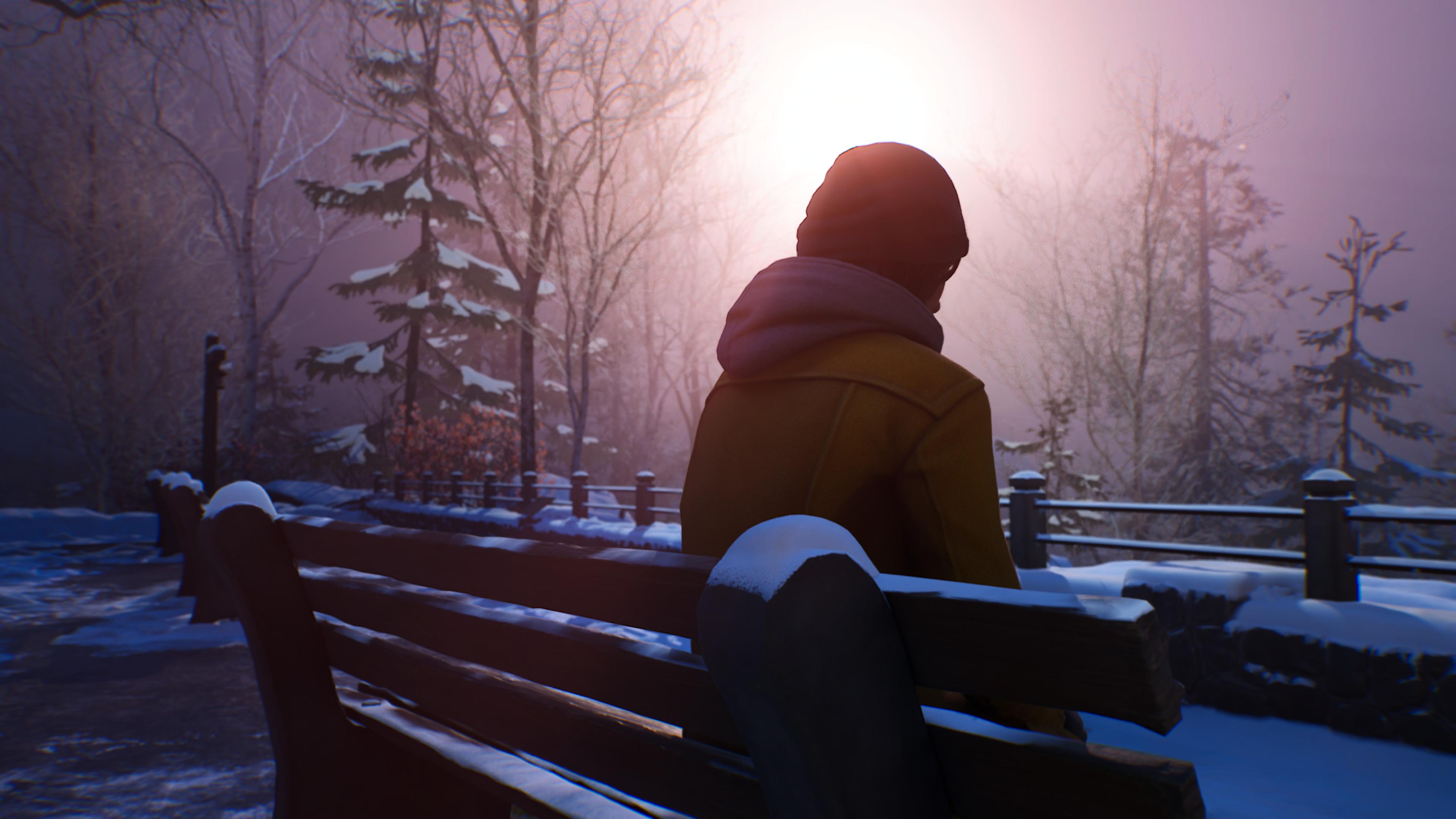
Life is Strange: Double Exposure is at its best when the camera tracks gently through sun-soaked, snow-covered vistas. A blurred audio mix soundtracks the Unreal Engine 5-powered view, indie-rock in one ear and agonizing, unapologetic self-reflection in the other. It's these moments with Max Caufield that sit with you long after the fizzle of fracturing reality fades from memory, where all that remains is an inner-monologue that seems relegated to relitigating the past. It is, in a sense, a back-and-forth between player and character that forces you to reconcile with the consequences of your actions. It's that ability to spark conversations which inspires game director Jon Stauder to this day.
"The thing that I really appreciate is that video games are a conversation between the folks who made it and the person who is playing it," Stauder tells GamesRadar+. "Without both, it's nothing. The reason that a story works, where it functions as a piece of art, is that the player is engaging and interacting with it, and moving through it. There's a capacity for more empathetic storytelling, and for reaching greater emotional heights than, say, film or passive media. That's the thing which excites me, and keeps me working on these things."
Life is Strange: Double Exposure spoilers follow, so continue with care.
Choice, meet consequence
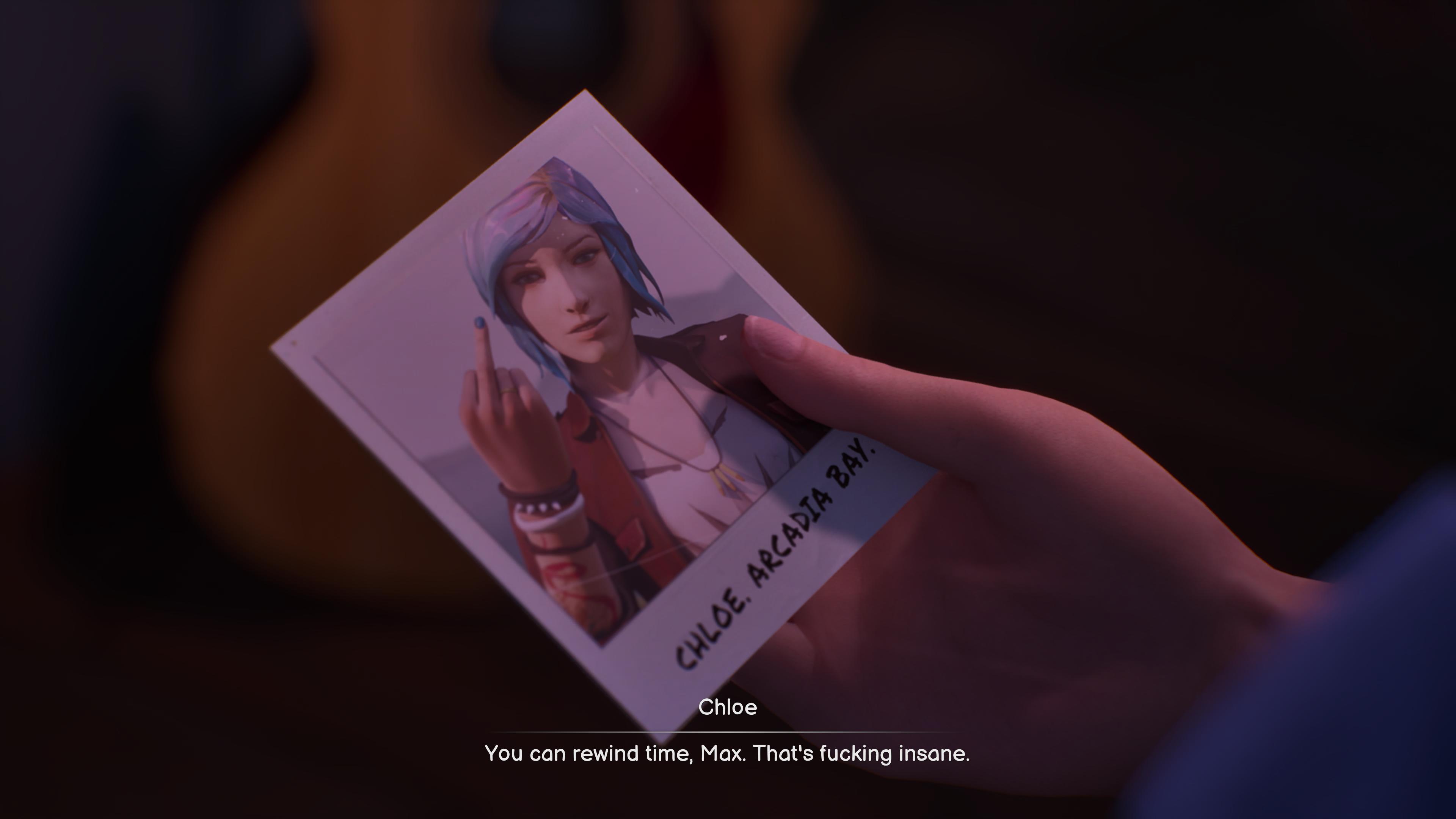
When Life is Strange launched in 2015, Stauder was driving the burgeoning narrative adventure genre forward at Telltale Games; Double Exposure's narrative director Felice Kuan was about to join production of Life is Strange prequel Before The Storm as a staff writer. A lot can happen in a decade. We make our choices, and we live in the aftermath of them. That's as much true of you and me as it is Max Caufield, now pushing towards the age of 30 with new powers, old trauma, and a sense of humor that guarantees she's still the dorkiest girl on campus.
The decision to bring Max back for a new adventure has proven divisive, as has the way developer Deck Nine handled the specter of Chloe Price. It's a situation the studio is still processing in the days after the release of Life is Strange: Double Exposure "With the reviews, we've got some really high highs and a couple of low lows, but I think that's better than it coming out and being just really middle of the road," says Stauder. "Some people are having a strong reaction to it, whether it's positive or negative, and I find that very interesting. It's not something I've been through before, so this is all new to me."
Deck Nine insists that it had always planned to take Life is Strange in this direction, concepting the return of Max back in 2021 as the studio wrapped production of True Colors. "We had just done an original Life is Strange story," says Kuan, "and in the interest of innovating we looked deeply at the franchise and at what people really resonated with. It was clear that the original protagonist was untapped, and something we were interested in exploring, having already looked at her kind of obliquely through Chloe Price and through Steph Gingrich. A new protagonist wasn't one of the options on the board in that initial phase. It really was always Max and what we could do with her, not just immediately after Arcadia Bay but as a person with a life ahead of her."
For a series which has typically modeled itself around an anthology format, where new protagonists headline new installments, Double Exposure represented something of a creative shift. Stauder maintains that taking Life is Strange down this path was critical to its evolution. "It was done in an effort to try and keep the franchise relevant, fresh, and interesting," he says. "Getting the chance to explore what happens to somebody after they go through one of these Life is Strange games was a really interesting proposition." Kuan adds: "And having two characters with powers was really the key; we knew early on that we wanted to take Max there."
Branching paths
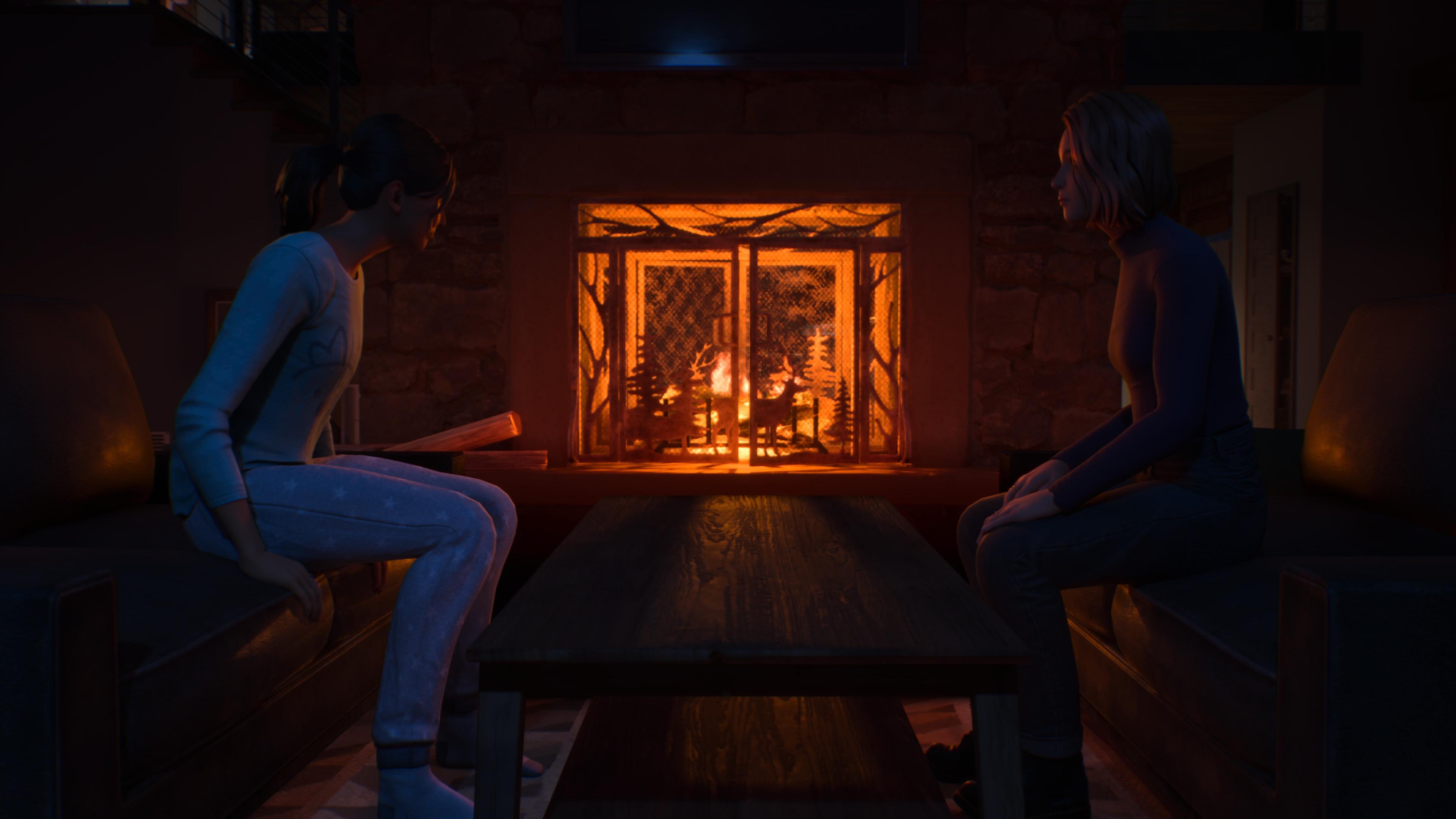
Choosing to blur worlds between two superpowered characters is undoubtedly a strength of Life is Strange: Double Exposure. So often are series protagonists implored to explore their power, their trauma, in relative isolation. To expand in this way makes for a more nuanced, thoughtful narrative adventure. Deck Nine felt the pressure of delivering on the concept all throughout development. "Having Max meet another powered person was introduced early in development. Emotionally, it was important for her. People can tell Max all that they want that it wasn't your fault, but until somebody else who faces similar burdens says it she can't really heal," says Kuan.
The twist concluding Chapter Three, where Safi is revealed to have been concealing shapeshifting powers, and the subsequent conversation that follows between the two in Chapter Four, represent two of the finest moments in Double Exposure. Two best friends sitting across a table from one another, really seeing each other for the first time. It's raw by design. "The way we always talked about that moment was that it needed to be the most fascinating conversation in Life is Strange history," says Stauder. "That's the bar we set for ourselves, and the players can judge where we landed on it."
"And because that was our goal, it meant that Safi had to be completely captivating; unique and interesting in her performance to provide balance with Hannah Telle, who brought so much to Max. It was a big burden and a really fun scene to shoot." In my conversations with Stauder, Kuan, and Telle, the trio have been quick to praise the work of Olivia AbiAssi for her work as Safi Llewellyn-Fayyad in Double Exposure – sharp and sardonic, the closest thing Life is Strange has to a Kathryn Hahn-driven character.
Kuan tells me that it's AbiAssi's "phenomenal" performance which helps ground out a power which ran the risk of feeling too "fantastical" for the Life is Strange universe. "The core tenet that the powers must illuminate some emotional facet of real life will always be true for us. For Safi, the powers are absolutely indispensable as a tool to survive the world – the way she is doing it is essentially about being a model minority, code switching, and that resonates very much with me and with other members of the development team," she says. "Safi is a great character, but Olivia is just phenomenal."
Incremental improvements
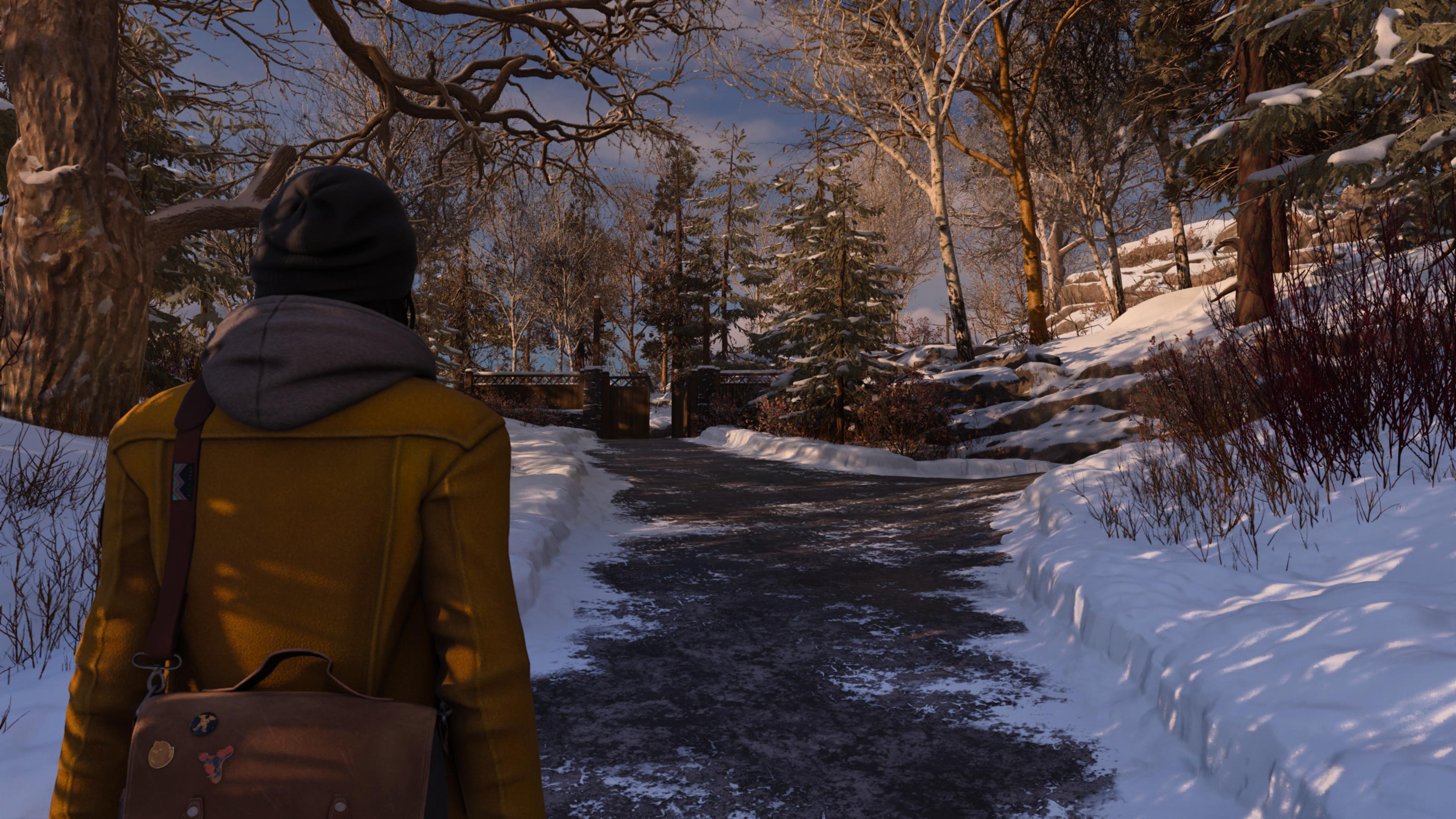
Life is Strange: Double Exposure is the first game in the series to be developed in Unreal Engine 5, with Deck Nine using the technology to push for greater visual fidelity. The environments are vibrant, honing that familiar sense of place the series captures so well; character animations in conversations are astoundingly detailed, and the continued investment in motion capture performances lends everything an air of credibility. And yet, as a result of these refinements and advancements, some familiar Life is Strange problems are exposed more than ever before.
The fiddly way that Max navigates environments has a tendency to break immersion, something Stauder is conscious of. "There's some really neat bells and whistles that have come online recently in Unreal Engine 5 that will help us make sure that janky walk feels less janky next time around," he says, adding, "you know, should we be so lucky."
"You get the most players in Chapter One, and it starts to drop off over time"
Jon Stauder, game director
Another flaw of Life is Strange: Double Exposure is the somewhat flat way that side-stories unfurl through sparsely populated areas, and how narrow the adventure becomes over time. Stauder insists that it's a delicate balance as he determines where resources can be allocated to various areas of production. "We have to ensure that we aren't writing cheques that the content teams can't cash," he says. "That may mean looking at a scene which was going to be yay big that we'll need to make into a smaller moment or cut entirely, or we risk losing an environment. There's an effort to make sure we're always prioritizing the best stuff, so it's just a constant balance."
"We start wider in terms of the amount of branching content, and things you can see and explore, in the first couple of chapters. Then, as the details of the mystery start to come together, possibilities start collapsing which lets us laser-focus the content," he says. "People who play narrative adventure games tend to complete the whole game more so than in other genres, but still you get the most players in Chapter One and then it starts to drop off over time. We try to give the whole buffet up front, and then be smart with how we funnel your decision making into eventual concrete outcomes. This approach allows us to taper the amount of content we're making as we get down towards the end, and we're always trying to wrangle that together."
Looking beyond Double Exposure
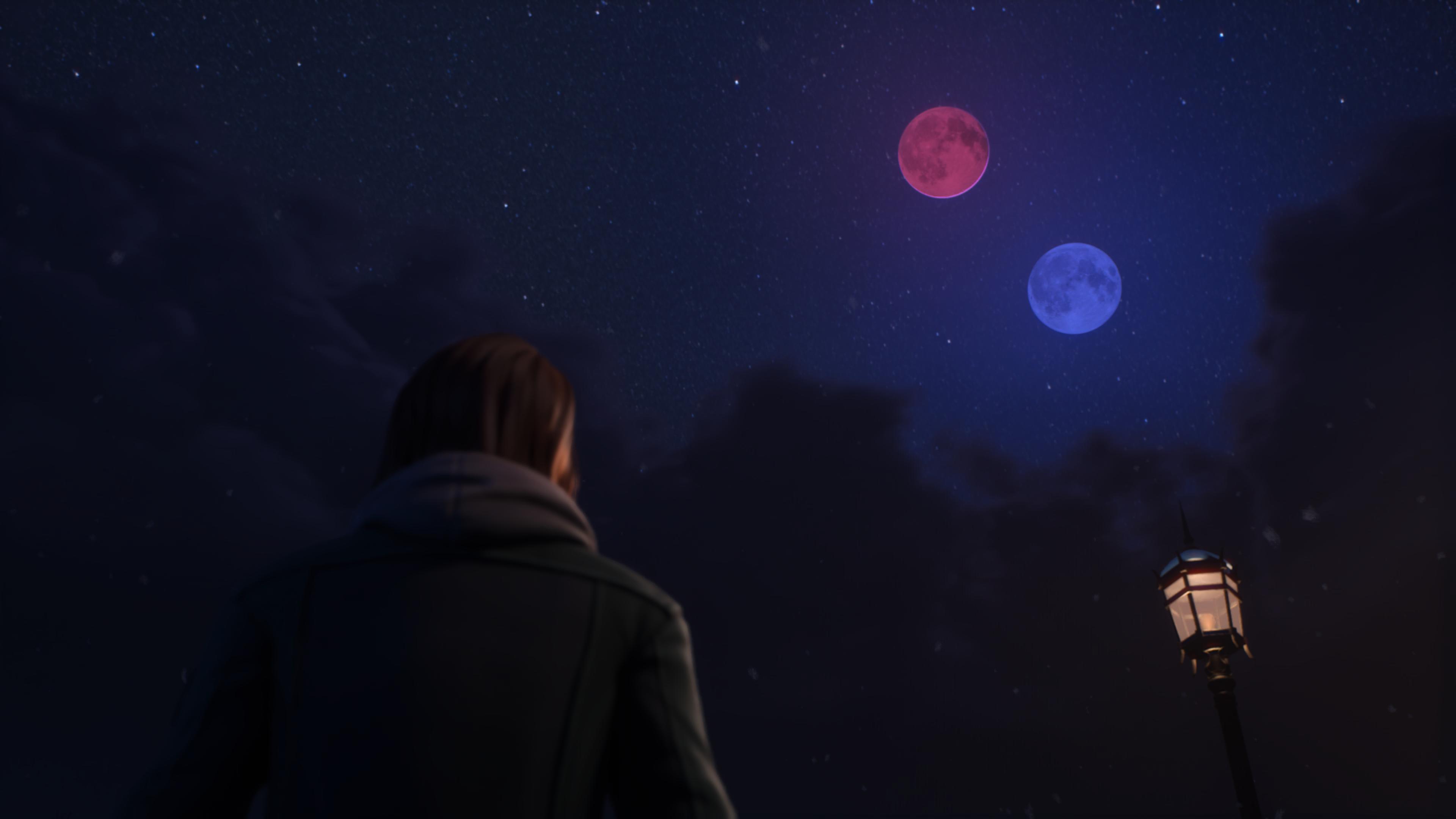
The final moments of Life is Strange: Double Exposure make it pretty clear that Deck Nine wants to continue its adventures with Max into other projects, even as the studio outlines a branching-path which could one day allow us to follow Safi on a different adventure. The studio won't be drawn on what comes next, but Stauder is keen to emphasize that everything – from the way Chloe and Arcadia Bay were handled through to the revelation of more powered-beings converging at Caledon University – was built purposefully and deliberately.
"No matter what anyone thinks about certain creative calls that were made for Double Exposure, I think it's important that people understand that they are all made with intent – we thought long and hard about every one of them, and have done our best to basically plant seeds. That ending is just to say that we have a future plan… there's not a whole lot more I can say than that. This is all heading somewhere, should folks want more after Double Exposure."







